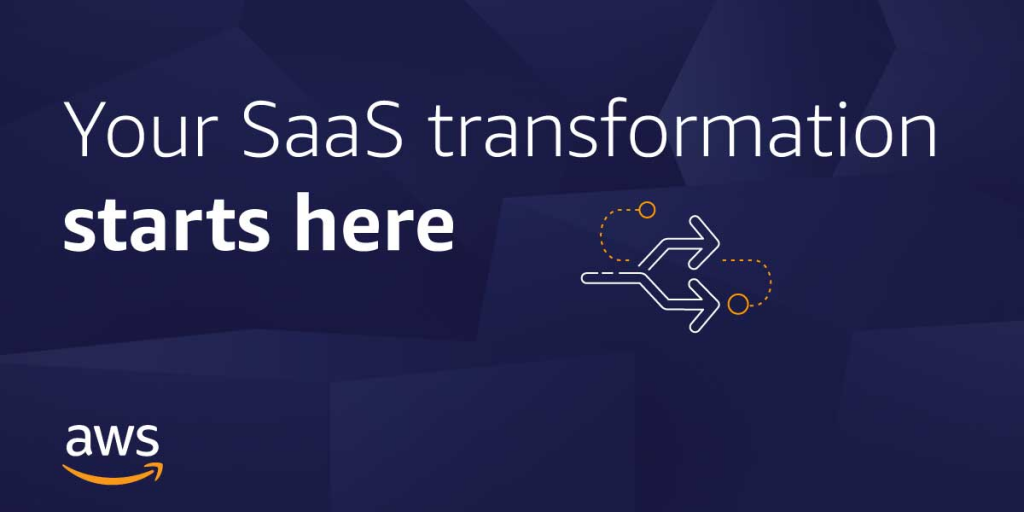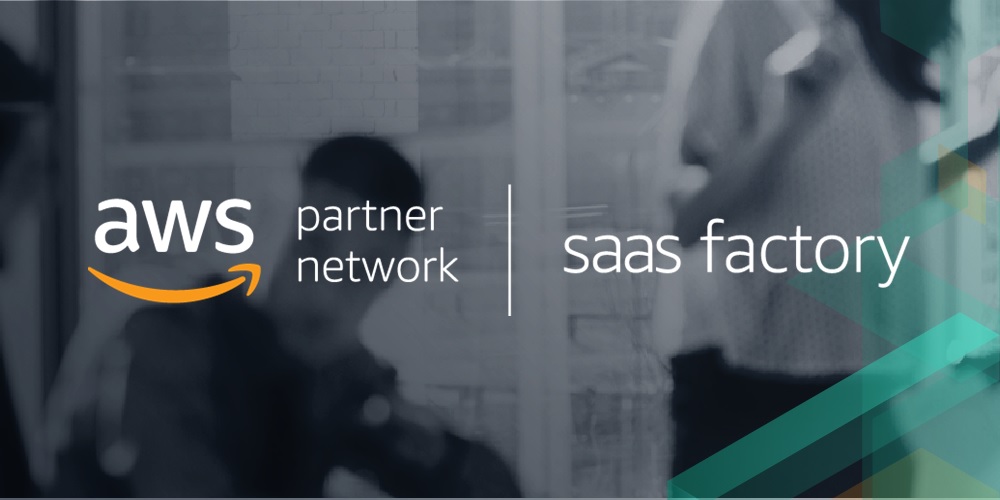AWS Partner Network (APN) Blog
Category: Best Practices
Building Serverless SaaS Microservices with AWS Lambda Layers
Building multi-tenant systems can represent a major effort for some teams. This post focuses on introducing strategies that allow developers to write their day-to-day code without having to think about how tenancy might influence their implementation. AWS Lambda Layers allow SaaS architects to centralize tenant-aware libraries without impacting the size or load-time of your application’s functions.
Top 4 Recommendations for Partners to Achieve Success with the AWS Competency Program
The AWS Competency program validates and promotes AWS Partners with demonstrated technical expertise and proven customer success. Attaining a Competency helps partners market and differentiate their business to customers by showcasing their capabilities in specialized areas. To get there, it’s important AWS Partners have a list of best practices and recommendations. Learn how partners can achieve and make the most out of the AWS Competency program through four key steps.
Automating Serverless Best Practices with Dashbird’s Serverless Well-Architected Insights
Customers building on AWS can benefit from specific alignment to either their architecture or an industry vertical via lenses which are included within the AWS Well-Architected Tool and include questions applicable to that particular workload. Learn how findings from the Serverless Application Lens can be automated using Dashbird Insights to show misconfigurations and best practice violations in relation to serverless workloads. This post walks through the deployment of an example serverless application that we’ll profile using Dashbird Insights.
Partitioning and Isolating Multi-Tenant SaaS Data with Amazon S3
Many SaaS applications store multi-tenant data with Amazon S3. Learn about the various strategies that can be applied when partitioning tenant data with S3, and explore the considerations that may influence how and when you apply these mechanisms in your own solution. See how this influences tenant isolation and the accessibility of S3 objects, and dive deep on tenant activity and cost tracking, lifecycle management for objects, and additional bucket security configurations.
SaaS Identity and Routing with Istio Service Mesh and Amazon EKS
Many SaaS providers are leveraging Amazon EKS to build their solutions on AWS, as EKS provides builders with a range of different constructs that can be used to implement multi-tenant strategies. In this post, explore an architecture based on EKS that demonstrates a siloed SaaS deployment model, using Istio Service Mesh to manage request authentication and per-tenant routing. Istio is an open-source service mesh that many SaaS providers use for deploying their multi-tenant applications.
Implementing a Multi-Tenant MLaaS Build Environment with Amazon SageMaker Pipelines
Organizations hosting customer-specific machine learning models on AWS have unique isolation and performance requirements and require a solution that provides a scalable, high-performance, and feature-rich ML platform. Learn how Amazon SageMaker Pipelines helps you to pre-process data, build, train, tune, and register ML models in SaaS applications. We’ll focus on best practices for building tenant-specific ML models with particular focus on tenant isolation and cost attribution.
Exasol Accelerates Customers’ Migration to Cloud with Support of AWS SaaS Factory
Exasol provides a high performance in-memory analytics database to give organizations the power to transform how they work with data. Working with AWS SaaS Factory, Exasol launched their analytics database through a SaaS model and navigated technical and business decisions for launch and beyond. In this Q&A, Peter Jackson, Chief Data and Analytics Officer at Exasol, shares insights on their journey and advice for organizations who are in the process of building SaaS on AWS.
SaaS Cost Attribution: How to Align Technology with Business
A key challenge SaaS providers face is understanding the cost profile of their environment and the customers within it. Measuring the cost of each tenant in the system, understanding cost-effectiveness of product features, and accurately metering the margin in a SaaS solution are examples of abilities that are critical for SaaS success. Learn why breaking down the cost to different unit metrics, customers, features, segments, and business units is a requirement for any modern SaaS business.
Implementing SaaS Tenant Isolation Using Amazon SageMaker Endpoints and IAM
As multi-tenant SaaS providers look to leverage machine learning services, they must consider how they’ll protect the data that flows in and out of these services from different tenants. Learn how tenant isolation of machine learning services can be achieved using AWS IAM, and how the integration between IAM, Amazon SageMaker, and many other AWS services provide developers with a rich set of mechanisms that can be applied to realize tenant isolation goals.
Performance Efficiency in AWS Multi-Tenant SaaS Environments
Maximizing performance is a key area of focus for all architects. Achieving optimal performance, however, can be challenging in SaaS environments where multi-tenant workloads can make it difficult to efficiently profile and scale your environment. This post dives deep into the challenges, opportunities, and best practices of efficiently managing performance in multi-tenant SaaS environments on AWS. We’ll review these topics through the lens of an example multi-tenant search application.









